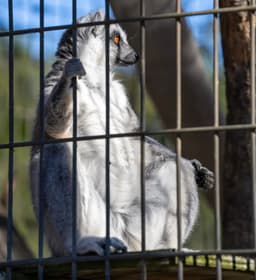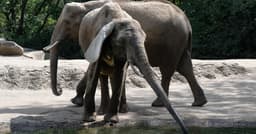Home / Environment / Coyotes Adapt to Thrive in Wisconsin's Urban Areas
Coyotes Adapt to Thrive in Wisconsin's Urban Areas
6 Nov
Summary
- Coyote sightings increase in Milwaukee during winter months
- Milwaukee County Coyote Watch project tracks coyote locations
- Education key to helping people coexist peacefully with coyotes

As the winter of 2025 approaches, one creature is becoming more common in Wisconsin's urban areas: the coyote. While spotting these wild canids in a city like Milwaukee may be an unexpected sight, it is not uncommon. According to Emilie Burmeister, a conservation biologist with Milwaukee County Parks, coyotes have become "really great urban adapters" and are thriving in cities.
The Milwaukee County Coyote Watch, a collaborative project between Milwaukee County Parks and the Wisconsin Department of Natural Resources, has been tracking coyote sightings in the county for the past 10 years. The project, which operates through the iNaturalist platform, encourages residents to report any coyote encounters. This data helps authorities identify "hot spots" and focus their educational outreach efforts.
Experts say there are several reasons for the increase in coyote sightings during the winter months. As foliage becomes sparse and food sources dwindle, coyotes may venture out of their usual paths in search of sustenance. Additionally, this is the time of year when young coyotes disperse and when the animals mate, leading them to travel in pairs and be more visible.
According to Jessica Knackert, a Milwaukee wildlife educator and biologist with the Wisconsin Department of Natural Resources, education has been the most successful tool in helping people coexist peacefully with coyotes. By understanding normal coyote behavior, residents can learn how to properly "haze" the animals if they feel threatened, such as by making loud noises and large gestures.




